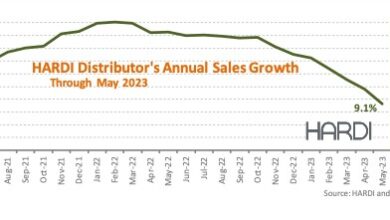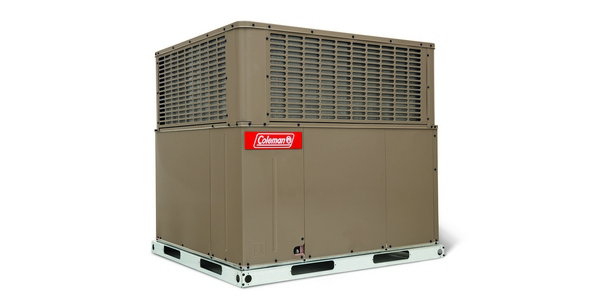Energy Department Invests Nearly $8M to Develop Next-Generation HVAC Systems for Buildings
The Energy Department recently announced nearly $8 million to advance research and development of next-generation heating, ventilating and air conditioning technologies, supporting the administration’s goal of saving money by saving energy, and phasing down the use of chemicals that have a devastating effect on the global climate.
With air conditioning using large and growing amounts of energy in the U.S. and worldwide, these innovative solutions offer significant energy and cost savings in new and existing buildings.
Currently, HVAC systems are the largest energy end-use in buildings, using almost 14 quadrillion British thermal units (quads) of primary energy annually, or nearly 30 percent of all energy used in U.S. commercial and residential buildings. Non-vapor-compression HVAC systems have the potential to use as much as 40 percent less energy than current systems.
The selections announced are under two major topic areas: advanced vapor compression technology and non-vapor compression technology. Advanced vapor compression systems will use highly efficient versions of the technologies that currently drive HVAC systems, but use refrigerants that will have a minimal effect on the environment. Non-vapor compression systems will employ new technologies that use refrigerants that don’t affect the environment.
Advanced vapor compression
Two projects are aimed at reducing the cost and improving the performance of air-conditioning systems in buildings using refrigerants that have minimal effect on the global environment.
United Technologies Research Center will receive $975,000 to demonstrate a high-efficiency centrifugal compressor design that will enable high-efficiency small commercial rooftop systems in the 1.5 to 10 ton range, as compared to units operating in the 50 ton range. These systems could provide 30 percent annual energy savings with less than two years payback by 2020 and, if fully commercialized, could save 2.5 quads of energy by 2030.
Mechanical Solutions, Inc. and Lennox Industries, Inc. will receive $1 million to develop an HVAC system featuring a small centrifugal compressor that is highly efficient. This project will initially focus on improving residential HVAC, which typically use 4-5 ton systems, and could eventually be scaled up to commercial systems as large as 20 tons.
Non-vapor compression technology
Five projects are aimed at developing next-generation HVAC systems, which unlike current vapor compression HVAC systems, will not use HFCs in refrigerants that harm the global environment.
Dais Analytic will receive $1.2 million to advance membrane HVAC technology that will use nanostructured polymer materials (membrane) to manipulate water molecules, allowing the system to condition air while improving energy efficiency and eliminating fluorocarbon refrigerants. The project will result in a rooftop-capable system for field testing.
Maryland Energy and Sensor Technologies, LLC will receive roughly $600,000 to develop a compact thermoelastic cooling system with high-efficiency, low-environmental impact, and a small carbon footprint. TECs work by stretching and then relaxing metal rods, creating heat, but cooling rapidly when released. The alternation between the two states performs the same task as a heat pump compressor. Currently, TEC requires a large mechanical loading system, which results in high materials cost. MEST will solve this problem by reducing system size by a factor of 10.
Oak Ridge National Laboratory will receive about $1.4 million to develop a novel magnetocaloric air conditioner with the potential for efficiency improvements of up to 25 percent over conventional vapor compression systems, equivalent to saving 1 quad of energy annually for space heating and cooling in the U.S. residential sector. The system moves copper, brass or aluminum rods in and out of a magnetic field that is produced by passing electricity through a copper coil. The temperature of the rods drops when they are within the magnetic field. The rods absorb heat, which is transferred to the outside when the rods are removed from the magnetic field. The concept window air conditioner produces electricity through a magnetic field and could possibly be scaled up to larger systems.
UTRC will also receive roughly $1 million to demonstrate an electrocaloric heat pump that will be 50 percent smaller than current models, run more quietly and likely cost less to maintain because of its simple mechanical design. If fully commercialized, the heat pump could result in annual energy savings of more than 1.5 quads and reduce greenhouse gas emissions by 60 million metric tons.
Xergy, Inc. will receive $1.4 million to develop electrochemical compression technology in combination with an energy recovery module to replace a solid-state compressor for use in heat pumps. ECC uses fuel cell technology to enable heat pumps to use water as the refrigerant. Thermodynamic modeling shows efficiency improvements of 30-56 percent are attainable in a commercial system. The project seeks to produce a unit with a 5-year or better payback period when produced at commercial scale.




